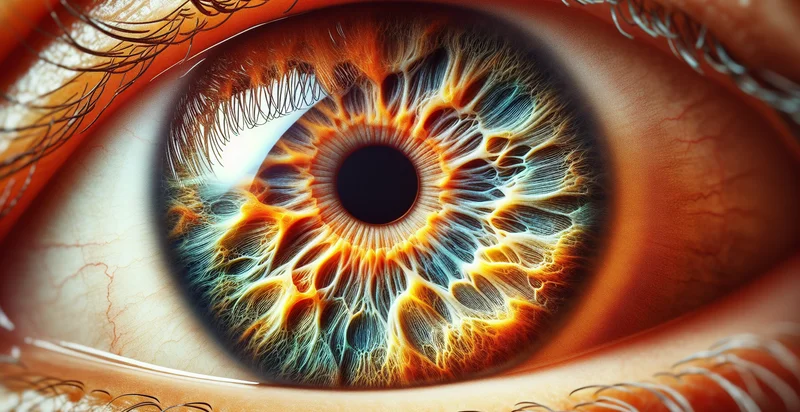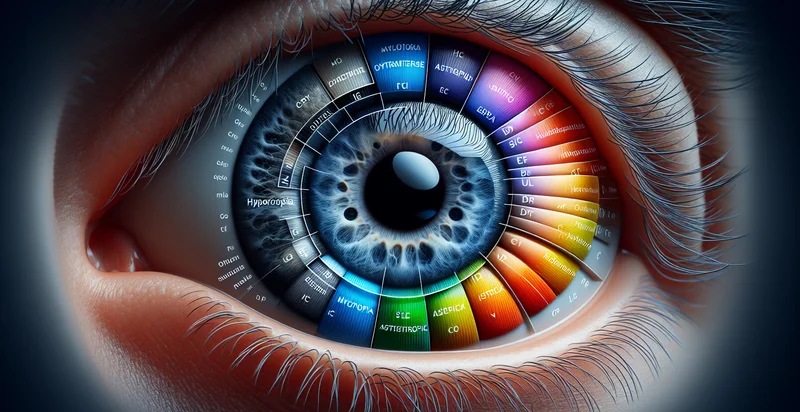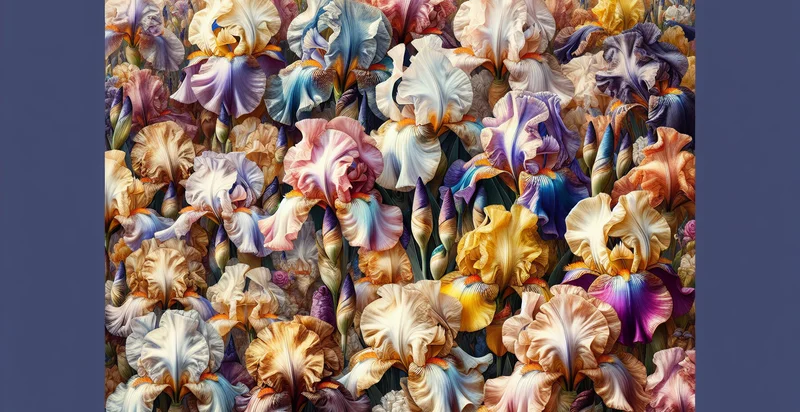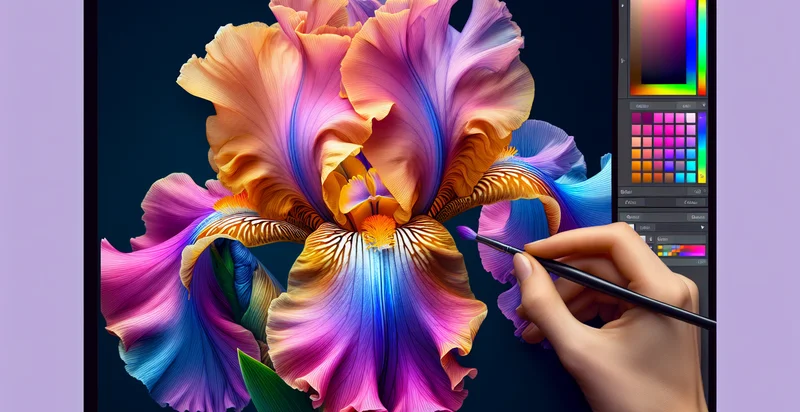Identify iris condition
using AI
Below is a free classifier to identify iris condition. Just upload your image, and our AI will predict the type of iris condition it is. - in just seconds.

Contact us for API access
Or, use Nyckel to build highly-accurate custom classifiers in just minutes. No PhD required.
Get started
import nyckel
credentials = nyckel.Credentials("YOUR_CLIENT_ID", "YOUR_CLIENT_SECRET")
nyckel.invoke("iris-condition", "your_image_url", credentials)
fetch('https://www.nyckel.com/v1/functions/iris-condition/invoke', {
method: 'POST',
headers: {
'Authorization': 'Bearer ' + 'YOUR_BEARER_TOKEN',
'Content-Type': 'application/json',
},
body: JSON.stringify(
{"data": "your_image_url"}
)
})
.then(response => response.json())
.then(data => console.log(data));
curl -X POST \
-H "Content-Type: application/json" \
-H "Authorization: Bearer YOUR_BEARER_TOKEN" \
-d '{"data": "your_image_url"}' \
https://www.nyckel.com/v1/functions/iris-condition/invoke
How this classifier works
To start, upload your image. Our AI tool will then predict the type of iris condition it is..
This pretrained image model uses a Nyckel-created dataset and has 20 labels, including Brittle, Broken, Damaged, Discolored, Diseased, Faded, Fleshy, Healthy, Irregular and Leaf Spots.
We'll also show a confidence score (the higher the number, the more confident the AI model is around the type of iris condition it is.).
Whether you're just curious or building iris condition detection into your application, we hope our classifier proves helpful.
Related Classifiers
Need to identify iris condition at scale?
Get API or Zapier access to this classifier for free. It's perfect for:
- Telemedicine Screening: Healthcare providers can use the iris condition identifier to remotely assess patients' eye health through selfies or video calls. This can streamline initial consultations, allowing doctors to make quicker decisions on referrals or treatments based on detected iris abnormalities.
- Insurance Risk Assessment: Insurance companies can implement the iris condition identifier to evaluate potential policyholders' risk factors early in the application process. By analyzing iris patterns associated with certain conditions, insurers can better predict long-term healthcare costs and adjust premiums accordingly.
- Personalized Eye Care Products: Retailers of eyewear and contact lenses can utilize the iris condition identifier to customize product recommendations for customers. By identifying specific iris traits, businesses can suggest lenses that enhance vision clarity or address particular eye conditions, improving customer satisfaction.
- Vision Therapy Monitoring: Ophthalmologists can employ the iris condition identifier to monitor the progress of patients undergoing vision therapy. By regularly examining the iris, they can assess changes in eye health that correlate with treatment effectiveness and make necessary adjustments.
- Medical Research: Researchers can leverage the iris condition identifier in studies related to hereditary eye conditions. By analyzing large datasets of iris images, they can identify patterns and potential genetic links that may inform new treatments and preventative strategies.
- Wellness Programs: Companies can integrate the iris condition identifier into employee wellness programs to promote eye health awareness. Employees could receive personalized feedback on their iris health, helping them recognize the importance of regular eye examinations and healthy habits.
- Emergency Medical Response: Emergency services can deploy the iris condition identifier as a triage tool to quickly assess an individual’s eye health upon arrival at an accident scene. Rapid identification of iris conditions could inform medical response decisions, prioritizing patients who may require urgent care.


